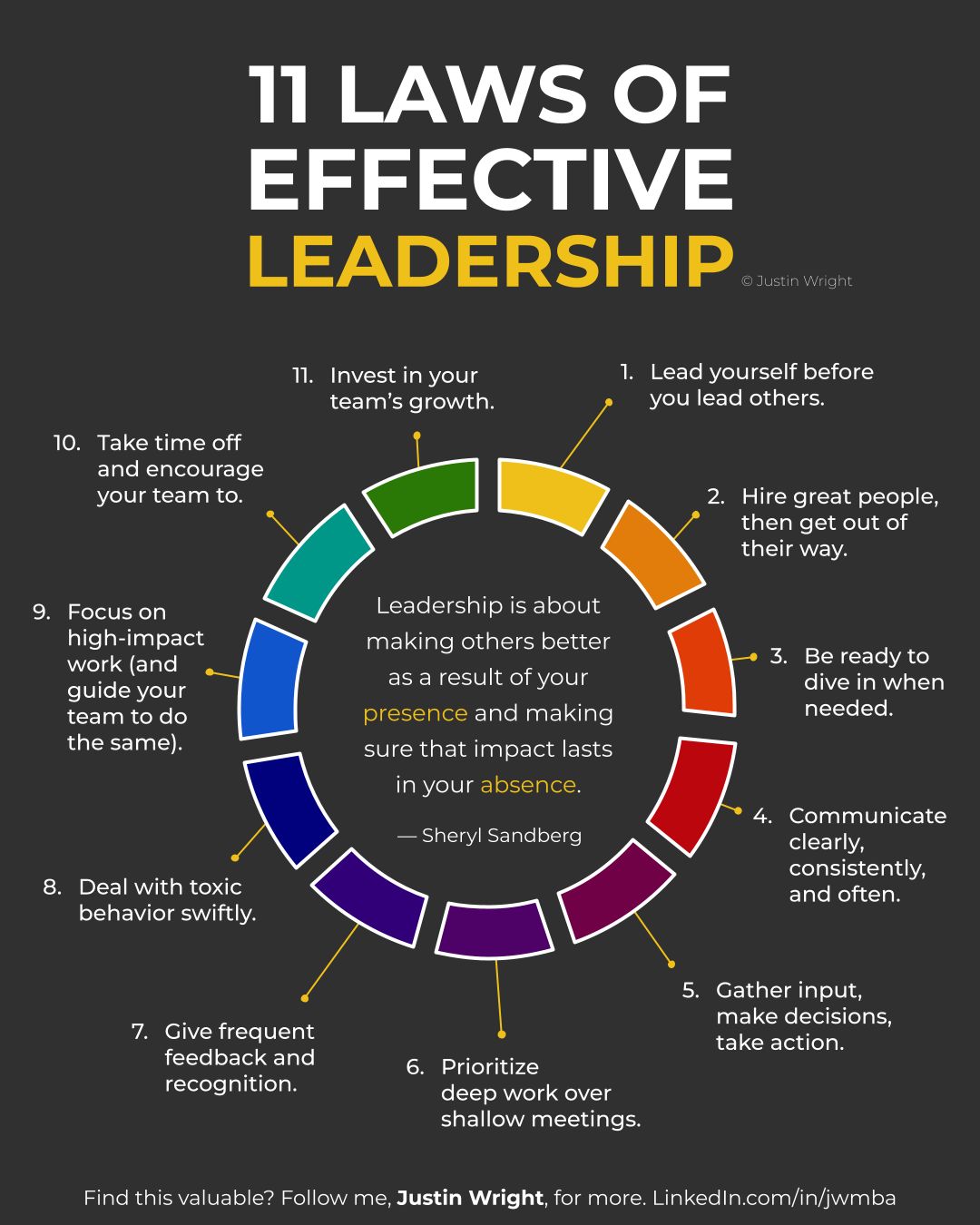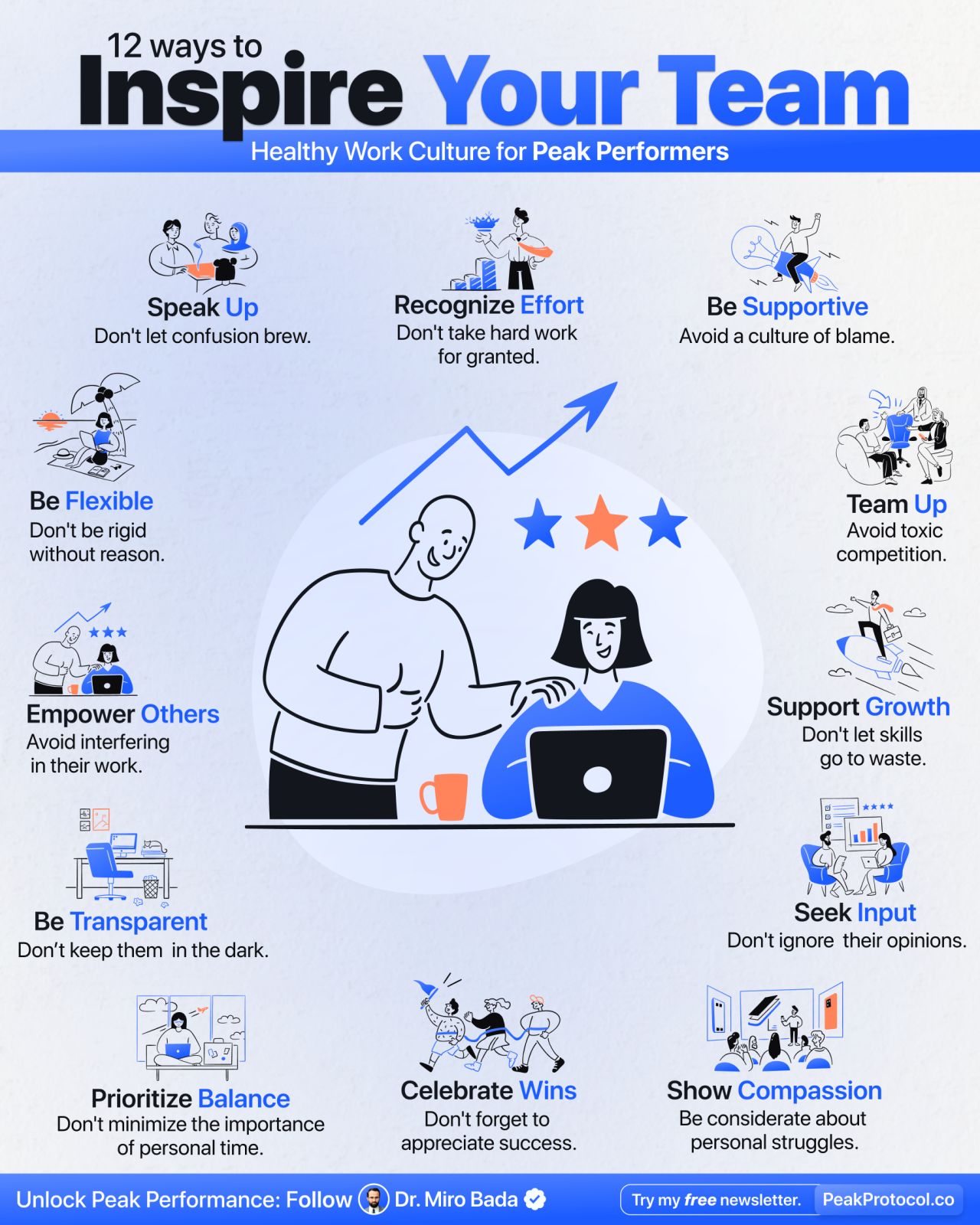BREAKING NEWS
LATEST POSTS
-
David Simon Braces for a Lengthy Writers Strike
https://www.indiewire.com/news/breaking-news/david-simon-writers-strike-wont-end-soon-1234882393/
“I heard a very funny thing,” Simon said. “It may be apocryphal, but somebody, the vice president of the East, she assured me the other day that she had it on good authority that all of the rental yachts from Santa Barbara down to San Diego had been rented through the end of summer. All the execs are gone for the summer.”
https://deadline.com/2023/07/writers-strike-hollywood-studios-deal-fight-wga-actors-1235434335/
Regardless of whether SAG-AFTRA goes on strike this week, the studios have no intention of sitting down with the Writers Guild for several more months.“I think we’re in for a long strike, and they’re going to let it bleed out,” said one industry veteran intimate with the POV of studio CEOs.
With the scribes’ strike now finishing its 71st day and the actors’ union just 30 hours from a possible labor action of its own, the Alliance of Motion Picture and Television Producers are planning to dig in hard this fall before even entertaining the idea of more talks with the WGA, I’ve learned. “Not Halloween precisely, but late October, for sure, is the intention,” says a top-tier producer close to the Carol Lombardini-run AMPTP.
-
VFX pipeline – Render Wall management topics
1: Introduction Title: Managing a VFX Facility’s Render Wall
- Briefly introduce the importance of managing a VFX facility’s render wall.
- Highlight how efficient management contributes to project timelines and overall productivity.
2: Daily Overview Title: Daily Management Routine
- Monitor Queues: Begin each day by reviewing render queues to assess workload and priorities.
- Resource Allocation: Allocate resources based on project demands and available hardware.
- Job Prioritization: Set rendering priorities according to project deadlines and importance.
- Queue Optimization: Adjust queue settings to maximize rendering efficiency.
3: Resource Allocation Title: Efficient Resource Management
- Hardware Utilization: Distribute rendering tasks across available machines for optimal resource usage.
- Balance Workloads: Avoid overloading specific machines while others remain underutilized.
- Consider Off-Peak Times: Schedule resource-intensive tasks during off-peak hours to enhance overall performance.
4: Job Prioritization Title: Prioritizing Rendering Tasks
- Deadline Sensitivity: Give higher priority to tasks with imminent deadlines to ensure timely delivery.
- Critical Shots: Identify shots crucial to the project’s narrative or visual impact for prioritization.
- Dependent Shots: Sequence shots that depend on others should be prioritized together.
5: Queue Optimization and Reporting Title: Streamlining Render Queues
- Dependency Management: Set up dependencies to ensure shots are rendered in the correct order.
- Error Handling: Implement automated error detection and requeueing mechanisms.
- Progress Tracking: Regularly monitor rendering progress and update stakeholders.
- Data Management: Archive completed renders and remove redundant data to free up storage.
- Reporting: Provide daily reports on rendering status, resource usage, and potential bottlenecks.
6: Conclusion Title: Enhancing VFX Workflow
- Effective management of a VFX facility’s render wall is essential for project success.
- Daily monitoring, resource allocation, job prioritization, queue optimization, and reporting are key components.
- A well-managed render wall ensures efficient production, timely delivery, and overall project success.
-
Leadership, empathy and integrity

12 Ways to Inspire Your Team
How Peak Performers Create Healthy Work Culture- Speak Up!
– Communicate openly.
– Don’t let misunderstandings brew. - Be Supportive
– Avoid fostering a culture of blame.
– Encourage cooperation. - Recognize Effort
– Don’t take hard work for granted.
– Their effort matters. - Team Up
– Avoid promoting unhealthy competition.
– Encourage synergy. - Flex Work Policies
– Don’t rigidly stick to hours if not needed.
– Just get things done. - Support Growth
– Don’t let their skills stagnate.
– Encourage continuous learning. - Involve them in decisions
– Don’t disregard their opinions.
– Their ideas matter. - Highlight Work-life balance
– Don’t overlook personal time.
– This is crucial for mental health. - Share Everything
– Avoid keeping employees in the dark.
– Be transparent about company changes. - Celebrate Wins
– Don’t forget to appreciate success.
– Every success is noteworthy. - Show Compassion
– Don’t be insensitive to personal struggles.
– We all face tough times. - Empower employees
– Avoid unnecessary interference in their roles.
– Trust and let go.

- Speak Up!
FEATURED POSTS
-
What is deepfake GAN (Generative Adversarial Network) technology?
https://www.techtarget.com/whatis/definition/deepfake
Deepfake technology is a type of artificial intelligence used to create convincing fake images, videos and audio recordings. The term describes both the technology and the resulting bogus content and is a portmanteau of deep learning and fake.
Deepfakes often transform existing source content where one person is swapped for another. They also create entirely original content where someone is represented doing or saying something they didn’t do or say.
Deepfakes aren’t edited or photoshopped videos or images. In fact, they’re created using specialized algorithms that blend existing and new footage. For example, subtle facial features of people in images are analyzed through machine learning (ML) to manipulate them within the context of other videos.
Deepfakes uses two algorithms — a generator and a discriminator — to create and refine fake content. The generator builds a training data set based on the desired output, creating the initial fake digital content, while the discriminator analyzes how realistic or fake the initial version of the content is. This process is repeated, enabling the generator to improve at creating realistic content and the discriminator to become more skilled at spotting flaws for the generator to correct.
The combination of the generator and discriminator algorithms creates a generative adversarial network.
A GAN uses deep learning to recognize patterns in real images and then uses those patterns to create the fakes.
When creating a deepfake photograph, a GAN system views photographs of the target from an array of angles to capture all the details and perspectives.
When creating a deepfake video, the GAN views the video from various angles and analyzes behavior, movement and speech patterns.
This information is then run through the discriminator multiple times to fine-tune the realism of the final image or video.
-
Colour – MacBeth Chart Checker Detection
github.com/colour-science/colour-checker-detection
A Python package implementing various colour checker detection algorithms and related utilities.






